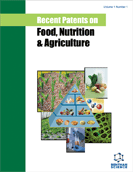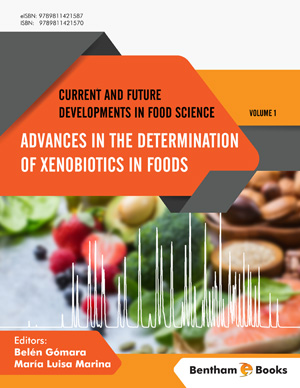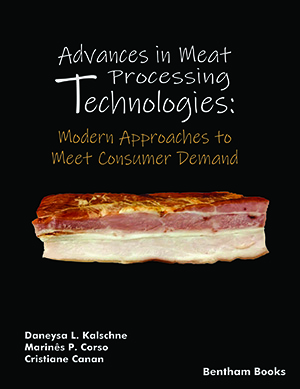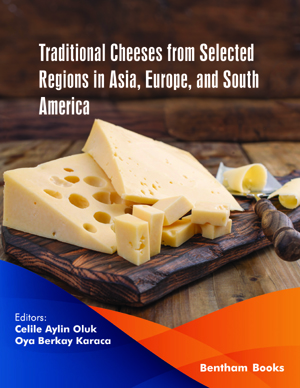Abstract
These peptides themselves and especially as products of enzymatic or
chemical cleavage of parental proteins, belong to the important components of
foodstuffs. They significantly influence their nutritional, biological, technological, and
functional properties. Some of these peptides were found to have effects on human
health and nutrition, e.g., by affecting human digestive, endocrine, cardiovascular,
immune, and nervous systems. Hence, qualitative and quantitative analysis of peptides
in foods is of great importance. For the separation and quantification of peptides in
foods, capillary electromigration methods represent one of the most suitable analytical
methods. This chapter presents a comprehensive overview of the developments and
applications of high performance capillary and microchip electromigration methods
(zone electrophoresis, isotachophoresis, isoelectric focusing, affinity electrophoresis,
electrokinetic chromatography and electrochromatography) for separation and analysis
of peptides in foods and food products in the time period since 2010 up to the middle of
2020. Various aspects of the application of capillary electromigration methods for
peptide analysis in foods, such as sample preparation, peptide preseparation,
preconcentration, derivatization, adsorption suppression, and detection, are described
and discussed. Several particular applications of capillary electromigration methods for
separation and analysis of peptides in various food samples of animal, plant, and
microbial origin are demonstrated.
Keywords: Bioactive peptides, Capillary electrophoresis, Electromigration methods, Food analysis, Peptides in foods.



















